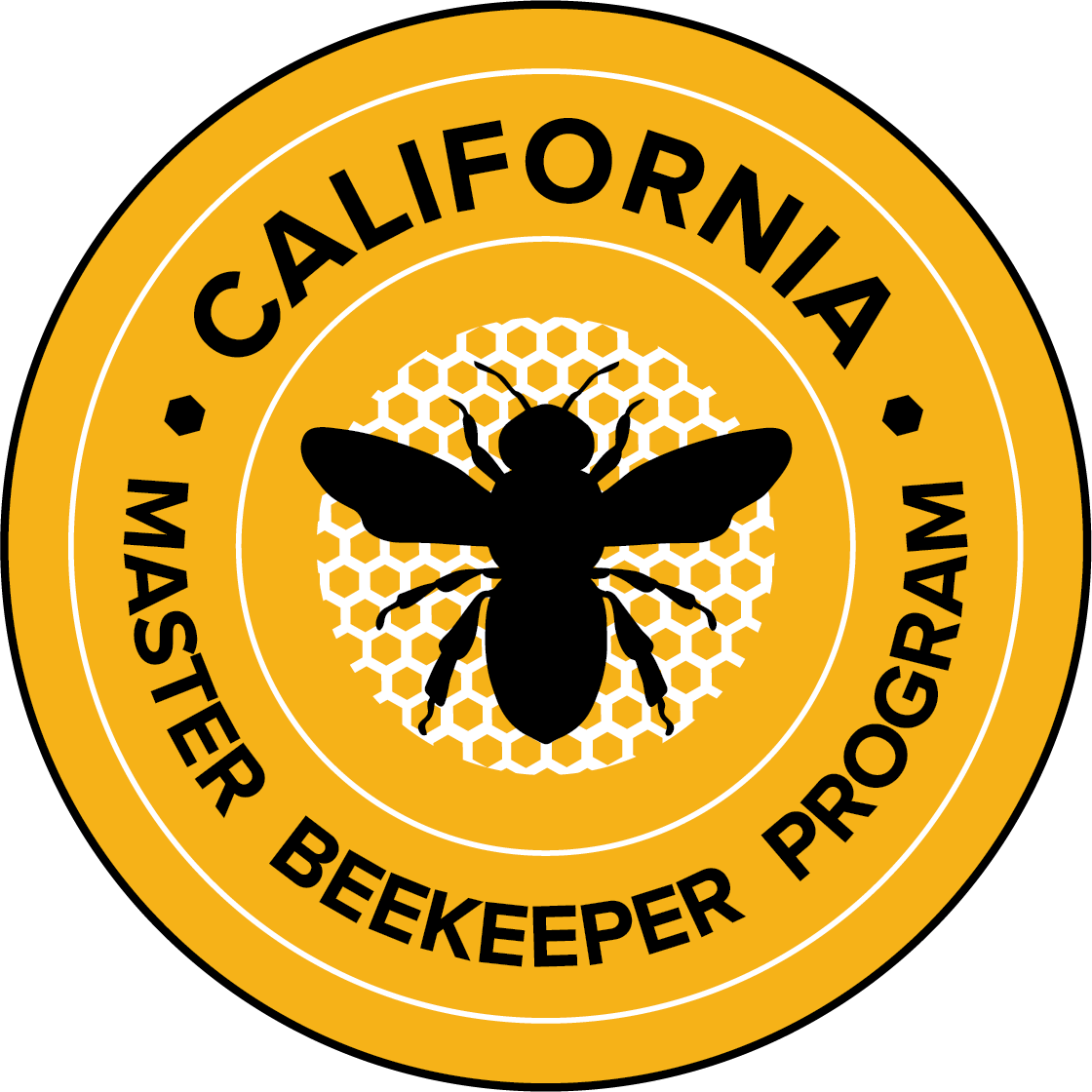Bee stings are a common risk when working in or near an apiary. While most stings are mild, some may lead to life-threatening allergic reactions. This guide outlines appropriate responses, first aid, prevention tips, and legal considerations for administering epinephrine.
If signs of a systemic allergic reaction appear call 911 immediately and consider using an epinephrine auto-injector (e.g., EpiPen) if available.
Responding to Bee Stings: What to Do in the Moment
| Scenario | What to Do |
Single Sting |
|
| Multiple Stings |
|
Fun Fact: Honey bees fly up to 20 mph; most humans sprint at ~7 mph.
Treatment and First Aid
1. Remove the Stinger Quickly:
- The stinger may remain in the skin and continue injecting venom
- Remove with any scraping or pulling object: fingernail, hive tool, credit card, or tweezers
- Research shows pinching does not significantly increase venom—speed matters more than technique
2. Cleanse the Area: Wash with soap and water, rubbing alcohol, or hydrogen peroxide
3. Address Local Reactions
- Apply a cold compress
- Elevate the affected area if possible
- Consider an oral antihistamine (e.g., diphenhydramine/Benadryl)
4. Monitor for Systemic Symptoms: Refer to the Bee Venom Allergies section below for warning signs of anaphylaxis
Bee Venom Allergies
Allergic reactions to bee venom vary widely. While most people experience only mild, localized symptoms, some individuals can develop a life-threatening reaction called anaphylaxis. Sensitivity can change over time, even someone who has been stung many times before without issue can develop a severe allergy later in life. The severity of the allergy can be divided into two categories:
| Localized Reaction |
|
| Systemic Reaction (Anaphylaxis) |
|
Anaphylaxis is a whole-body allergic reaction caused by widespread immune system overactivation. It can occur within minutes, even in individuals with no prior allergic history. Always seek emergency medical attention, even if symptoms subside. Anaphylaxis can be bi-phasal, with a "second wave" occurring 1-72 hours after initial exposure.
If you’ve never been stung or have relatives with severe allergic reactions, consider asking your primary care provider about bee venom allergy testing. This can help identify risk before an emergency occurs.
Epinephrine Auto Injectors
Epinephrine is a life-saving drug for individuals experiencing anaphylaxis due to severe allergic response. The drug works by constricting blood vessels, relaxing airway muscles, reducing swelling, and Inhibits further chemical release from mast cells. Having two epinephrine auto-injectors available during every apiary visit is recommended.
Legal Use in California
- You can be sued for administering an epinephrine auto-injector to a non-immediate family member.
- To be waived of legal liability, California requires Epinephrine Certification for lay-persons (non-medical professionals) to administer epinephrine to a non-immediate family member. We recommend beekeepers to get this certification.
How to Administer
Always read and follow instructions that come with an epinephrine autoinjector. Steps to administer:
- Ask for permission: “Can I administer epinephrine to you? It’s a life-saving medication for severe allergic reactions.”
- Remove from carrier tube
- Remove the safety cap
- Place the tip firmly against the outer thigh (through clothing if needed)
- Push until it clicks, then hold for 10 seconds
- Call 911 if not already done
- If symptoms return and no medical help has arrived, a second dose may be given after 5–15 minutes
Watch this video on how to inject and make sure to practice with the practice injector typically provided with every epinephrine auto-injector purchase.
Purchasing and Maintaining
- Epinephrine auto-injectors are prescribed and cannot be purchased over the counter. Primary health providers usually prescribe one when asked and you can pick it up at the pharmacy.
- "EpiPen" the brand drug, however generic versions are widely available and effective
- A 2019 analysis found median out‑of‑pocket spending after insurance was about $63 per two‑pack of branded EpiPens. Generic versions averaged just $10 out‑of‑pocket. Almost two‑thirds of patients paid less than $20.
Immunotherapy
Venom immunotherapy (allergy shots) is a highly effective treatment that can significantly reduce sensitivity to bee stings over time. It is becoming more accessible and widely covered by insurance. Talk to your healthcare provider or allergist about whether it’s right for you.
